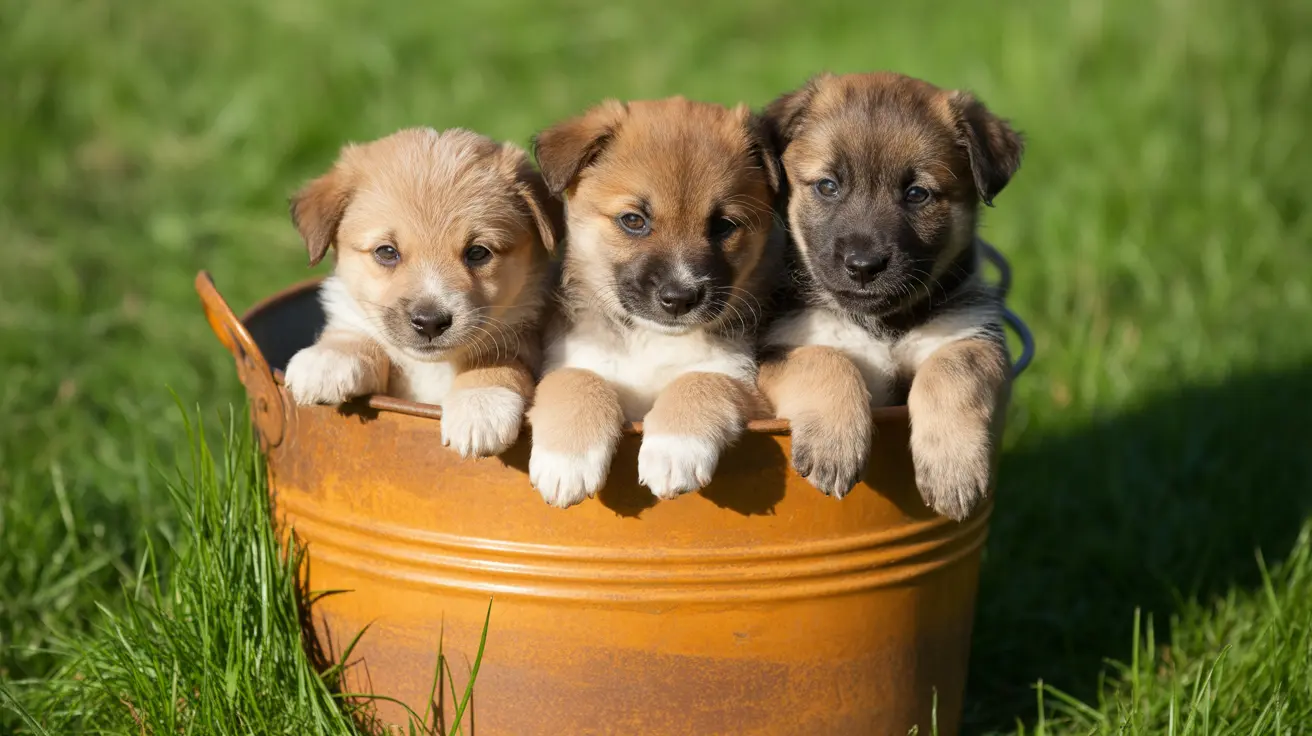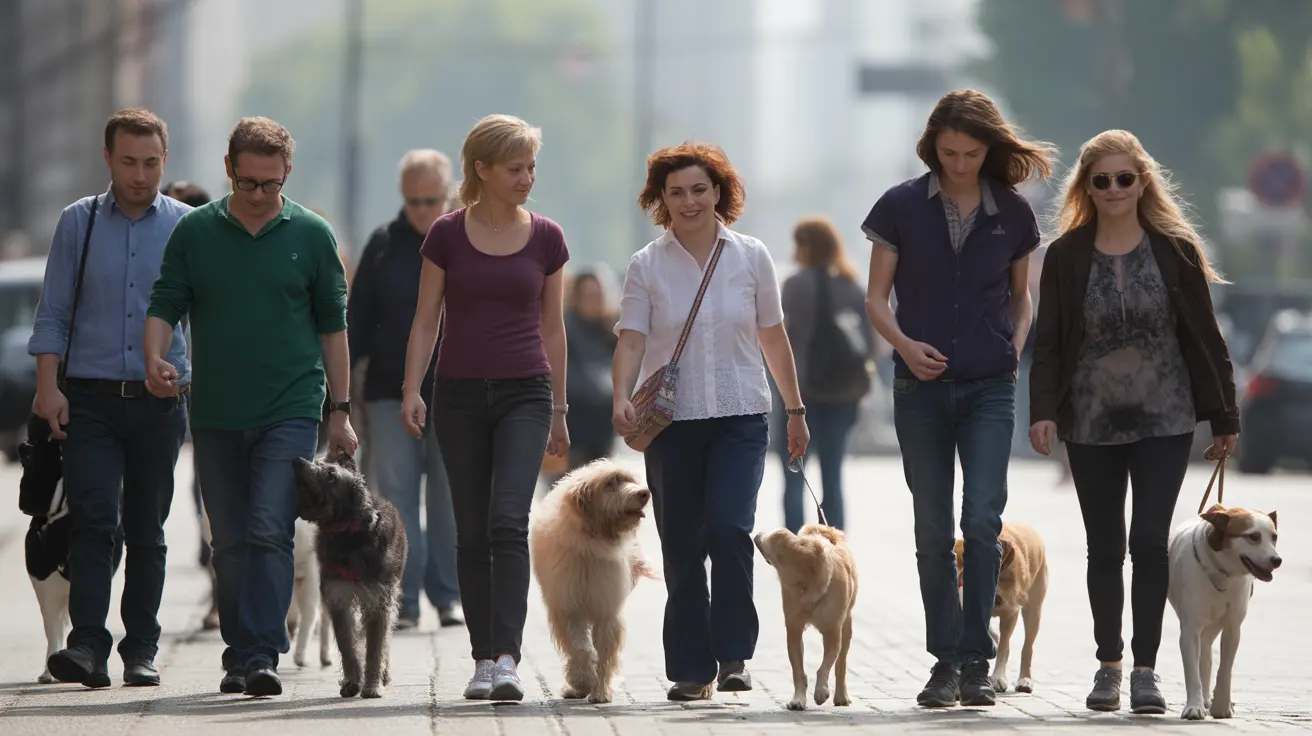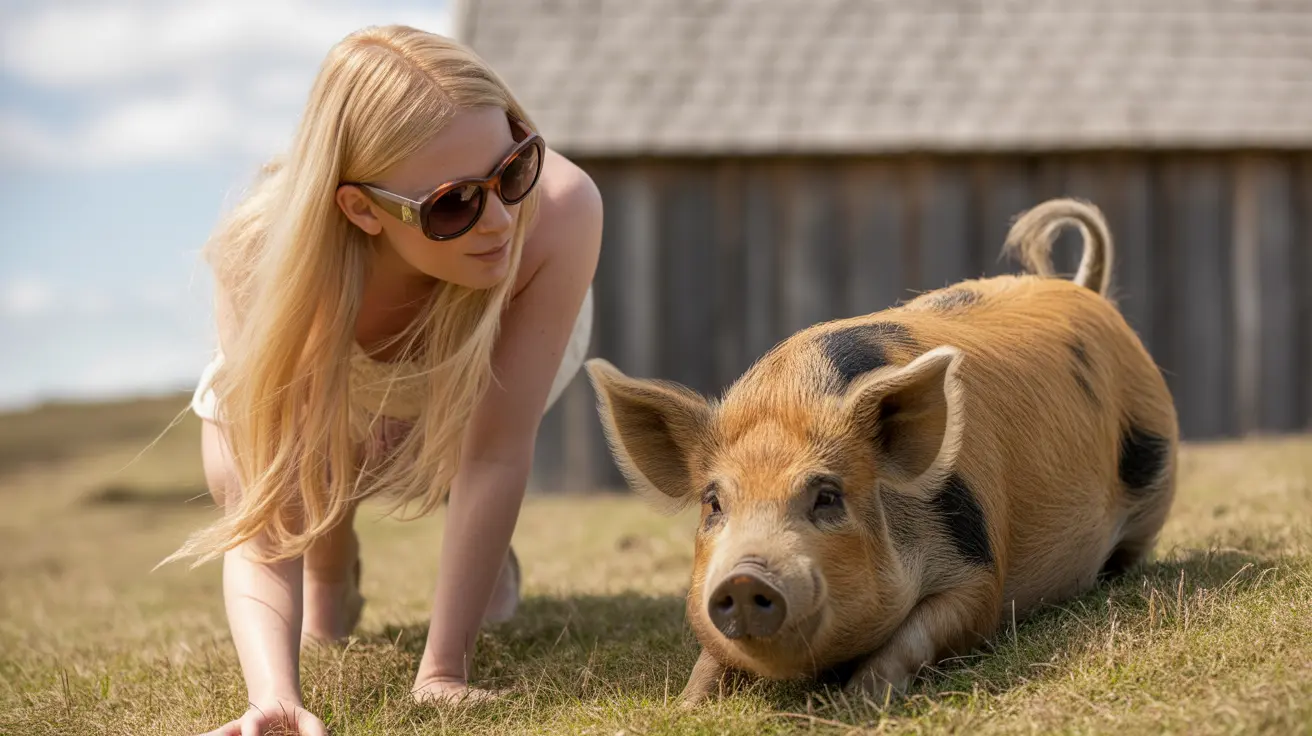Understanding Visual Cues in Dog Training
Visual cues play a central role in dog training, helping you communicate silently and clearly with your canine companion. Unlike verbal commands, which rely on sound, visual cues use body language, hand signals, and other physical gestures. Because dogs are naturally more attuned to visual signals than spoken words, they often respond faster and with greater accuracy when given a clear visual cue.
Why Visual Cues Matter
Dogs are visual learners. At least 80% of human communication is through body language, and this is even more pronounced when interacting with dogs. They pay close attention to where rewards or cues come from and quickly pick up on routines and repeated gestures. In fact, studies show that dogs can achieve up to 99% accuracy with hand signals compared to 82% with verbal commands alone. Visual stimuli also result in faster neural learning for most dogs.
Visual cues become especially important for senior dogs who may lose hearing but can still see and respond to gestures. They're also invaluable in noisy environments where a spoken command might get lost amid distractions.
Common Types of Visual Cues
- Sit: Palm facing upward, sweeping the hand upwards in an arc.
- Down: Palm down, moving the hand straight down toward the floor.
- Stay: Palm open and facing the dog like a stop sign; steady and still.
- Come: Arm extended outward then sweeping toward your chest.
- Watch Me / Focus: Pointing your index finger toward your eye.
- Leave It: Sharp sideways wave of the hand.
- Go to Place / Mat: Sweeping underhand motion pointing at the mat or bed.
- Heel: Tapping your side or patting your hip to signal close walking.
The Importance of Persistence and Consistency
A crucial aspect of using visual cues is persistence. If you give a hand signal but withdraw it too quickly, your dog might not have enough time to process what you're asking. Think of it like solving a math problem—if the question disappears before you can answer, it's confusing! Holding a consistent visual cue until your dog responds helps them learn faster over time. Patience is key; don't rush the process by removing your hand or changing the cue before your dog has a chance to react.
The Science Behind Dogs' Response to Visual Cues
Certain breeds excel at following human gestures due to their breeding history. Cooperative working breeds—like Australian Shepherds, Border Collies, German Shepherds, Labradors, and Golden Retrievers—are especially responsive because they've been bred to work closely alongside humans. In contrast, independent working breeds such as Beagles or Siberian Huskies may be less attuned to human signals since their roles required more autonomy.
Brachycephalic (short-nosed) breeds like Pugs and Bulldogs often have better focus on central visual stimuli due to their eye structure. These breeds tend to outperform long-nosed (dolichocephalic) breeds like Afghan Hounds or Irish Setters when it comes to responding accurately to central hand signals.
How To Teach Visual Cues
- Lure the Behavior: Start by using a treat as a lure so your dog follows it into the desired position (for example, moving a treat from their nose down toward the floor for "down").
- Add the Hand Signal: Pair this luring motion with a distinct hand gesture each time you ask for the behavior.
- Add Verbal Cue (Optional): Say the command while giving the signal so your dog learns both together.
- Fade Out Lure & Verbal Cue: Gradually reduce reliance on treats or words until your dog responds reliably just to the gesture alone.
- Praise & Reward: Reinforce correct responses with praise or treats every time they get it right—especially during early learning stages!
Avoiding Common Mistakes
- Avoid mixing signals: Use one clear gesture per command; don't confuse your dog by changing it frequently.
- Avoid inconsistency: Always use the same motion for each behavior so your dog knows exactly what you're asking for every time.
- Avoid skipping rewards too soon: Dogs need meaningful reinforcement while learning new behaviors; phase out treats only after they're consistently successful.
- Avoid expecting instant results: Learning takes time—be patient as your dog figures out what each gesture means!
The Role of Luring and Shaping
Luring uses visible rewards (like food) to entice a behavior at first. Over time, trainers move toward indirect rewards—marking correct behaviors with clickers or praise before giving treats—and eventually hide treats until after the behavior occurs. This prevents dogs from only responding when they see food in your hand. Shaping involves rewarding small steps toward a full behavior so that dogs learn through successive approximations rather than all at once.
The Value of Visual Cues in Real Life
You can use visual cues almost anywhere: at home during daily routines, outside at parks where distractions abound, on agility courses that require silent communication amid noise, while traveling when words may not carry far enough—or even at vet visits where calm nonverbal guidance helps anxious pets feel secure. For dogs with hearing loss, visuals become essential tools for continued communication throughout their lives.





